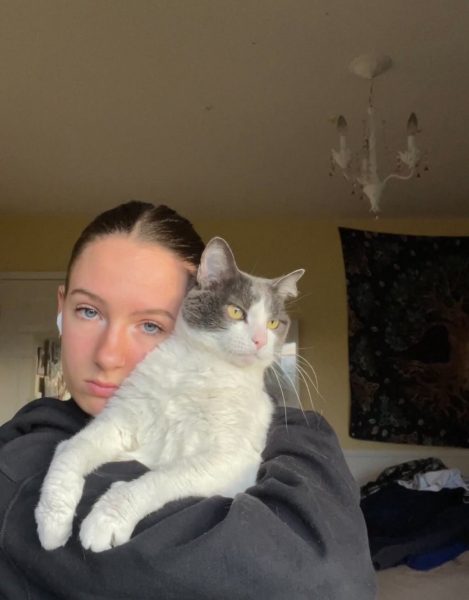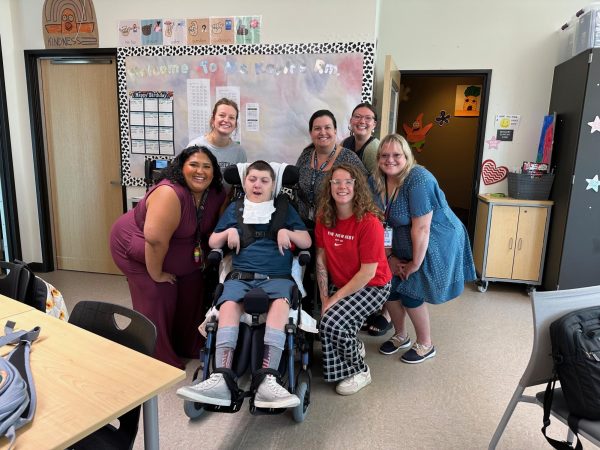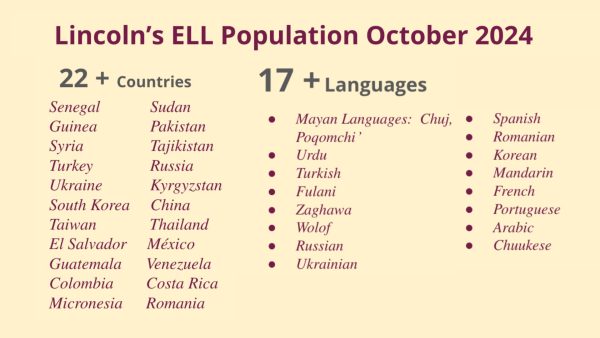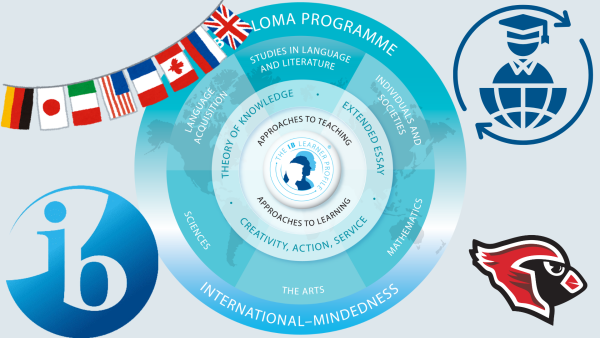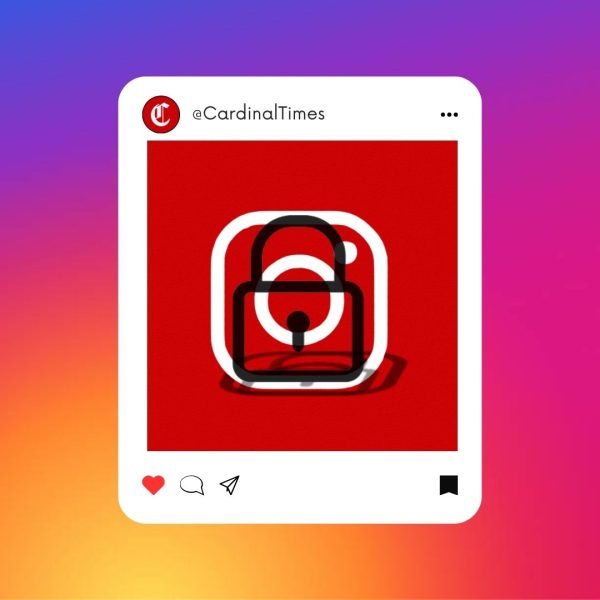Small but mighty: Special education department thrives in face of challenges
Although Lincoln High School’s special-education department goes generally unnoticed, it has accomplished a great deal, especially given its size.
“We are the lowest-funded special education program in Portland Public Schools,” says Scott Fitzpatrick, a special education teacher at Lincoln.
The goal of the special education program is for all students to gain academic independence. Each student has different needs, and special education aims to meet these needs through individualized instruction.
“There’s hardly any typical teaching, you know, standing up in front of a group of students. [It’s] primarily now individual, just determining what the student needs and working on that,” says Fitzpatrick.
They accomplish this through an efficient system, with different levels of specific instruction, and dedication on the part of students, teachers, parents and staff. However their limited resources do create a substantial challenge in providing students with adequate instruction.
…
The process to identify students with disabilities starts early for many.
“Most students with disabilities are identified in elementary school. It’s unusual to have high school students newly identified,” says Jim Hanson, Lincoln’s school psychologist.
While the majority of students are previously identified, some students’ disabilities are not recognized until high school. While there are not as many of these students, evaluating and identifying them takes up a large portion of the special education teachers’ time.
These students may struggle for many years until a parent or teacher recognizes the issue and brings it to the attention of Hanson. After this the first step is for Hanson to review the student’s file. In the file they look for what early teachers remarked, what current teachers see, or even what the student has noticed themselves. After reviewing the file, Hanson conducts interviews.
“If it looks like the student may have a disability and they may need some specially designed instruction, then we would do some evaluation for special education,” says Hanson.
While there are a wide range of disabilities, there is also a wide range of support the school can give.
“Some students with ADHD… need to be up in front of the classroom and that is great. Then they can really pay attention. For other students, maybe they have a lot of anxiety or something else, maybe they need to sit close to the door,” says Hanson.
Both of these are examples of what PPS calls 504 recommendations, which are minor accommodations in general education classes.
Students need different levels of support in addition to accommodation. This additional instruction “could be in reading, math, organizational skills, life skills, or it could be in social and emotional skills,” says Hanson.
If a student needs additional support they then they can get an Individualized Education Program (IEP).
Hanson, along with the counselor of the student, the parent, one of the student’s teachers, and one of the special education teachers team up to decide on the plan of action.
After speaking with the student, teachers, counselors, and parents, as well as conducting any assessments and observations needed, the IEP can be formulated. The process is highly individualized to the student. Legally, Hanson has 60 school days to conclude this process.
The IEP specifies what needs to be taught and what accommodations need to be made. The teachers then decide what material needs to be taught.
Once the IEP is made, the student is placed in classes to help them succeed. Special education teachers often attempt to meet these goals in study skills class.
The process of identifying and coming up with a plan for a student is very time consuming. With Lincoln’s low staff rates, it means that a large portion of the special education teachers working hours are spent conducting these interviews and deciding what solutions would be best for the student. This leaves little time for the actual instruction that the special education teachers have to do.
The focus of study skills classes is on academic independence.
“We try to teach academic independence. For those students that aren’t very academically independent, we try to highlight the proficiencies that [the student] needs to be academically independent,” says Fitzpatrick.
Despite the low staff, the program has been successful.
…
According to the school performance statistics of 2016 conducted by OregonLive, Lincoln High School had the highest graduation rate in Portland Public Schools. In order for this to be possible, the special education program also has to perform well.
Lincoln has a significantly smaller number of special education students when compared to other schools. This, however, is not proportional to the amount of special education teachers allocated to Lincoln. Lincoln’s special education department only has two special education teachers and one paraeducator, substantially less than other schools in the district.
Cleveland High School has the most comparably sized high school in PPS, with a student body of 1,474. However, Cleveland has seven special education teachers and three paraeducators. Though Lincoln has less than half the number of students in Cleveland’s special education program, these numbers are still not proportional.
In order to sustain this high graduation rate, the Lincoln special education program needs to work extremely efficiently.
In order to do this, Lincoln has implemented the Multi-Tiered System of Supports (MTSS), which has brought the school district wide attention.
Within MTSS, there are three tiers. Tier One offers a strong educational foundation that can be beneficial for all students. Tier Two includes students who need a bit more extra academic support. This support is generally provided in small groups. Tier Three is for students whose needs require individualised support.
“There are lots of differences in supports that we have for students and Lincoln is known for that because we’ve worked really hard for the past ten years to make sure we have support programs for all kids other than just special education,” says Hanson.
In addition, Hanson credits “lots of hard work at the part of staff and particularly the hard work of the parents and students” for the success of the program.
Lincoln provides a great example for how effective the MTSS system can be. This success has led other schools to send their own staff to observe Lincoln and their system.
“They actually send people over here to learn from our team,” says Hanson.
Though budget cuts are on the horizon in PPS, Lincoln’s special education department has shown through its past success on a limited budget that it can survive the challenges thrown its way.




